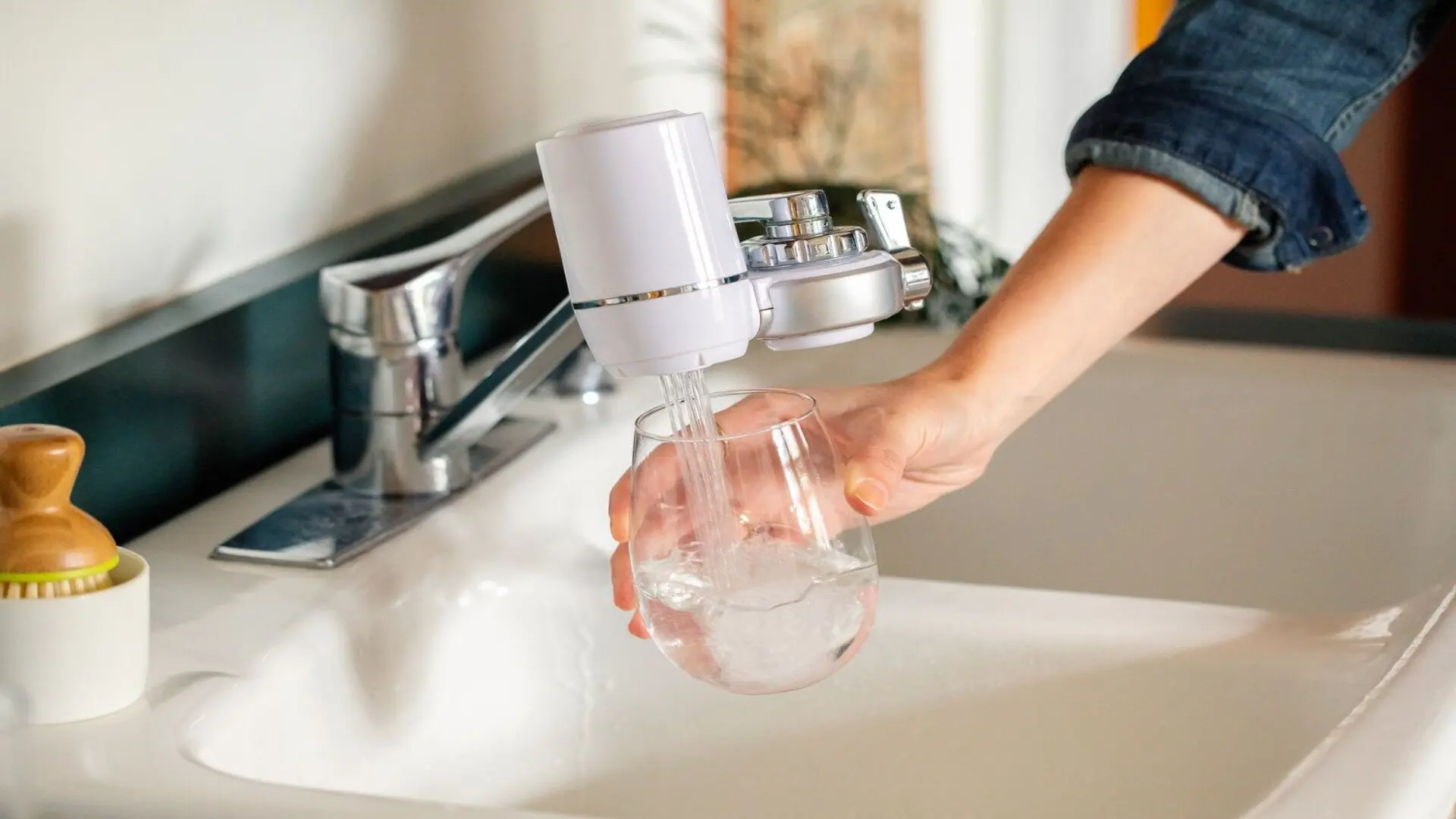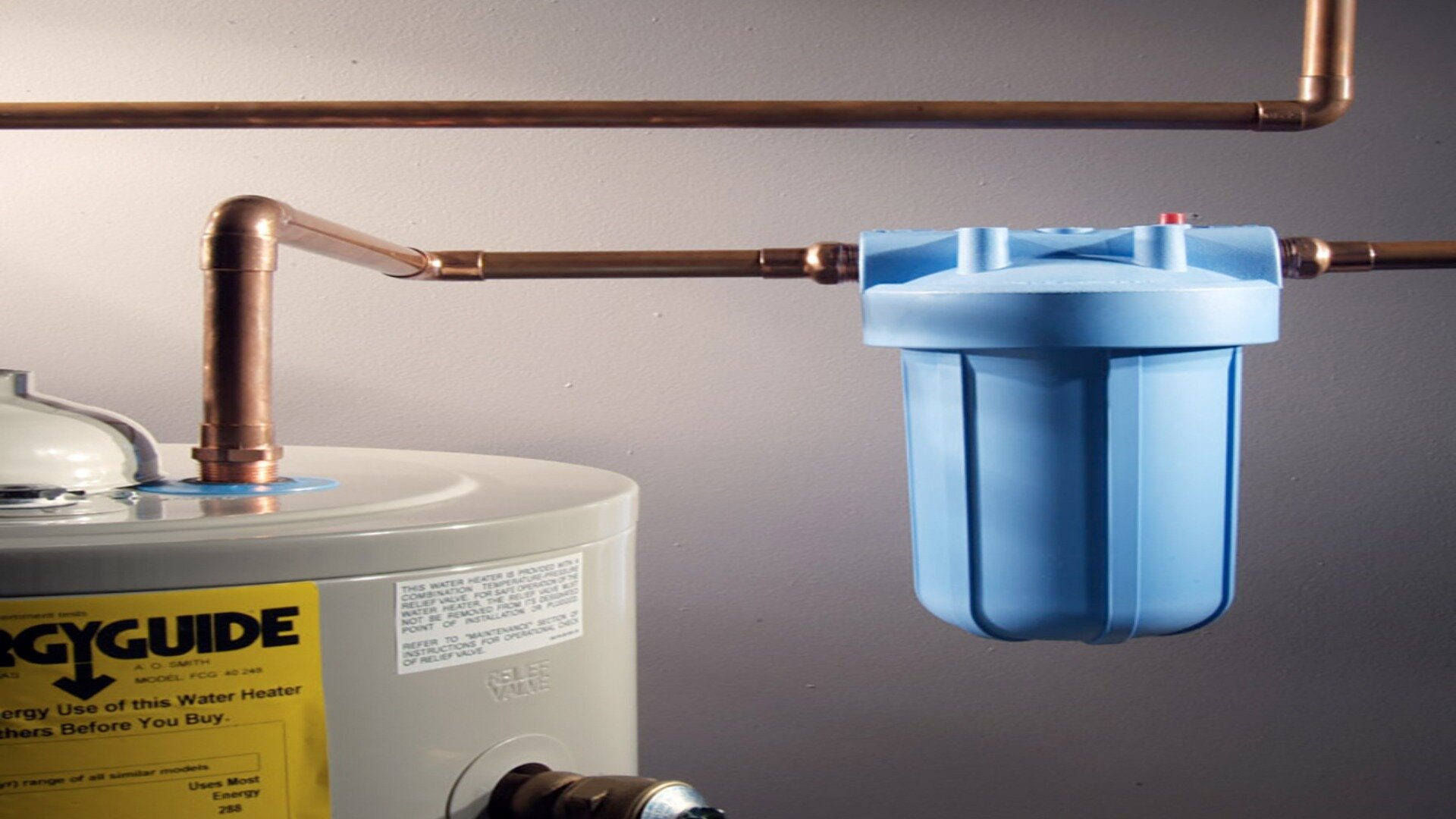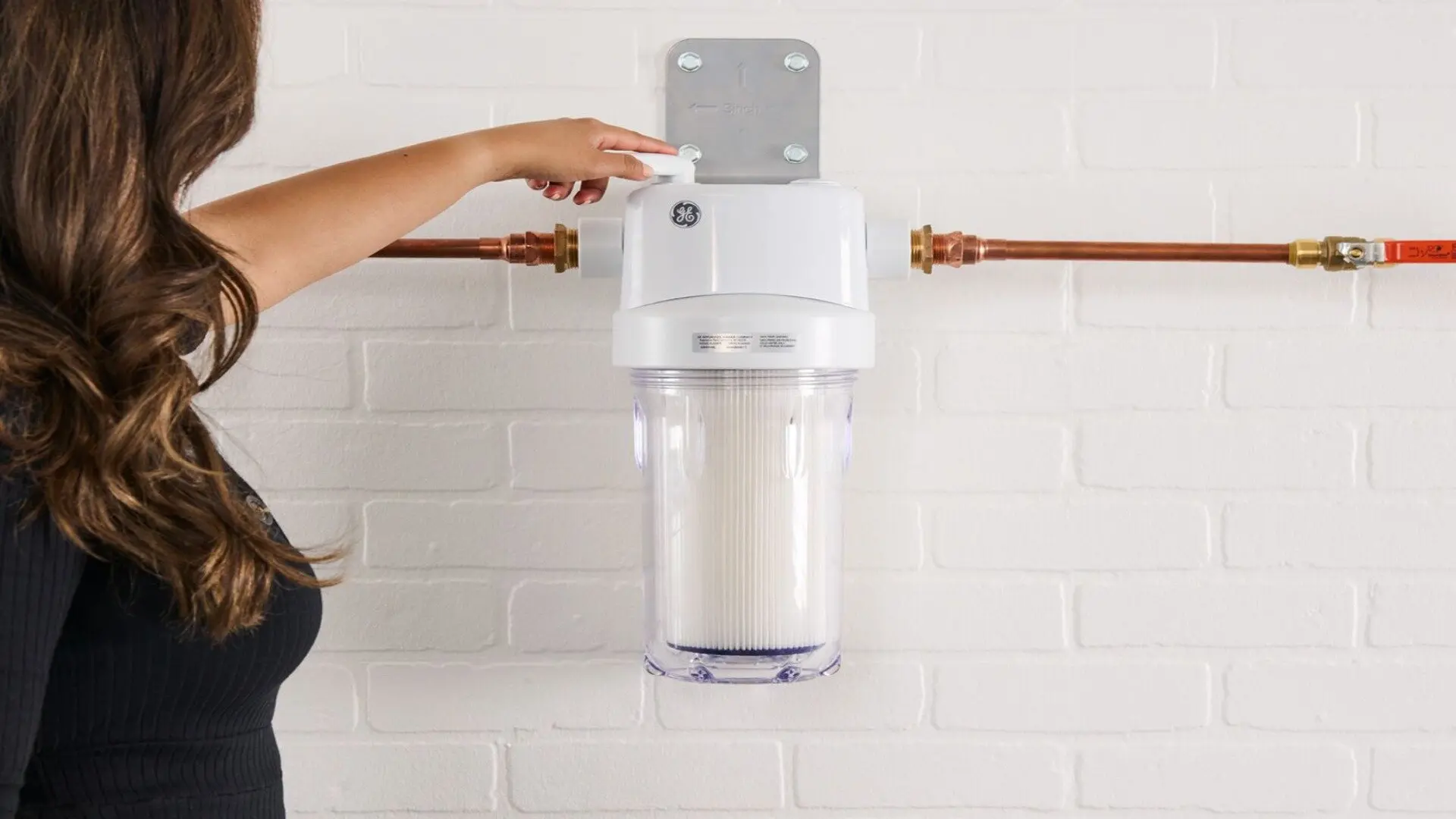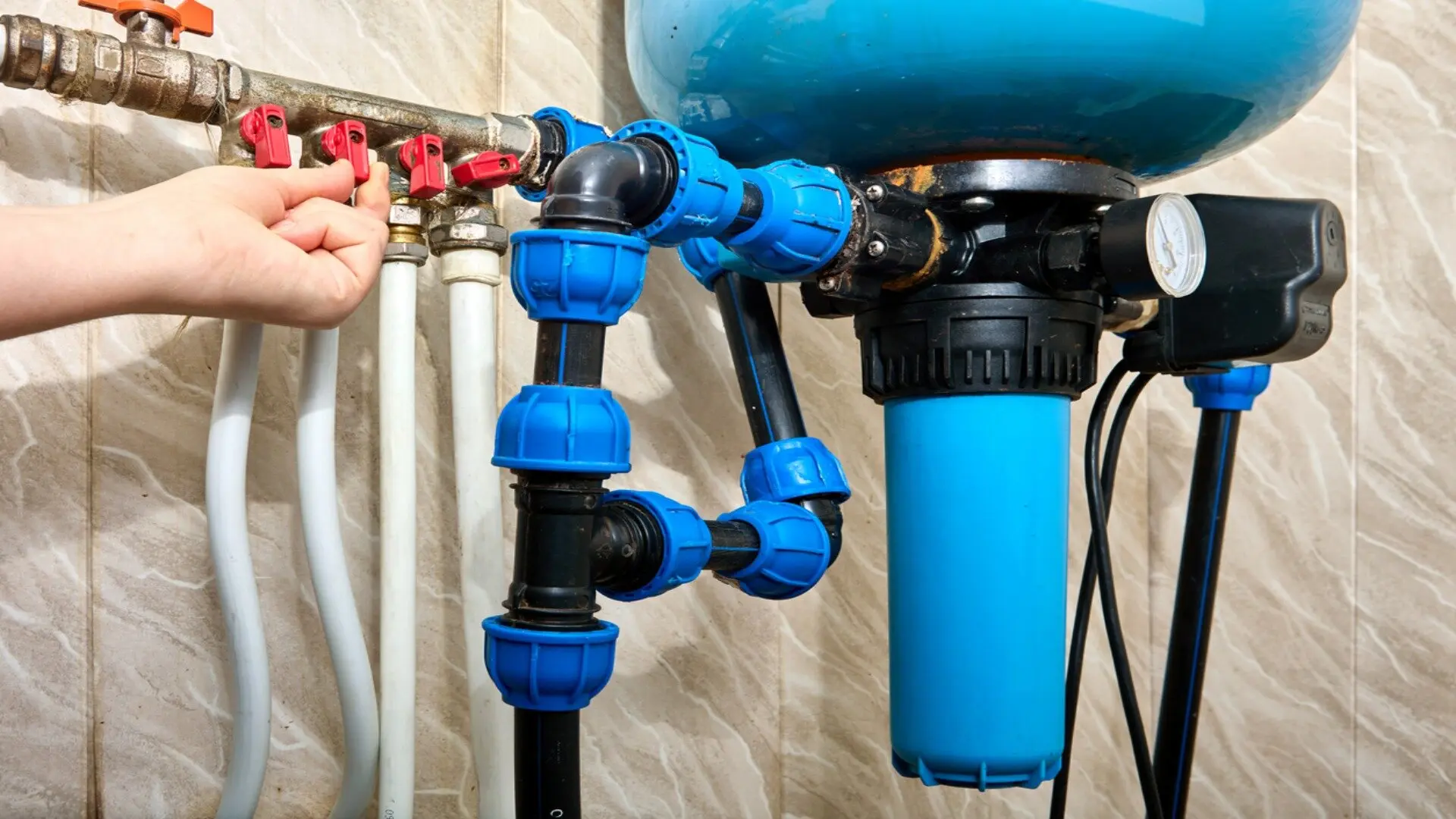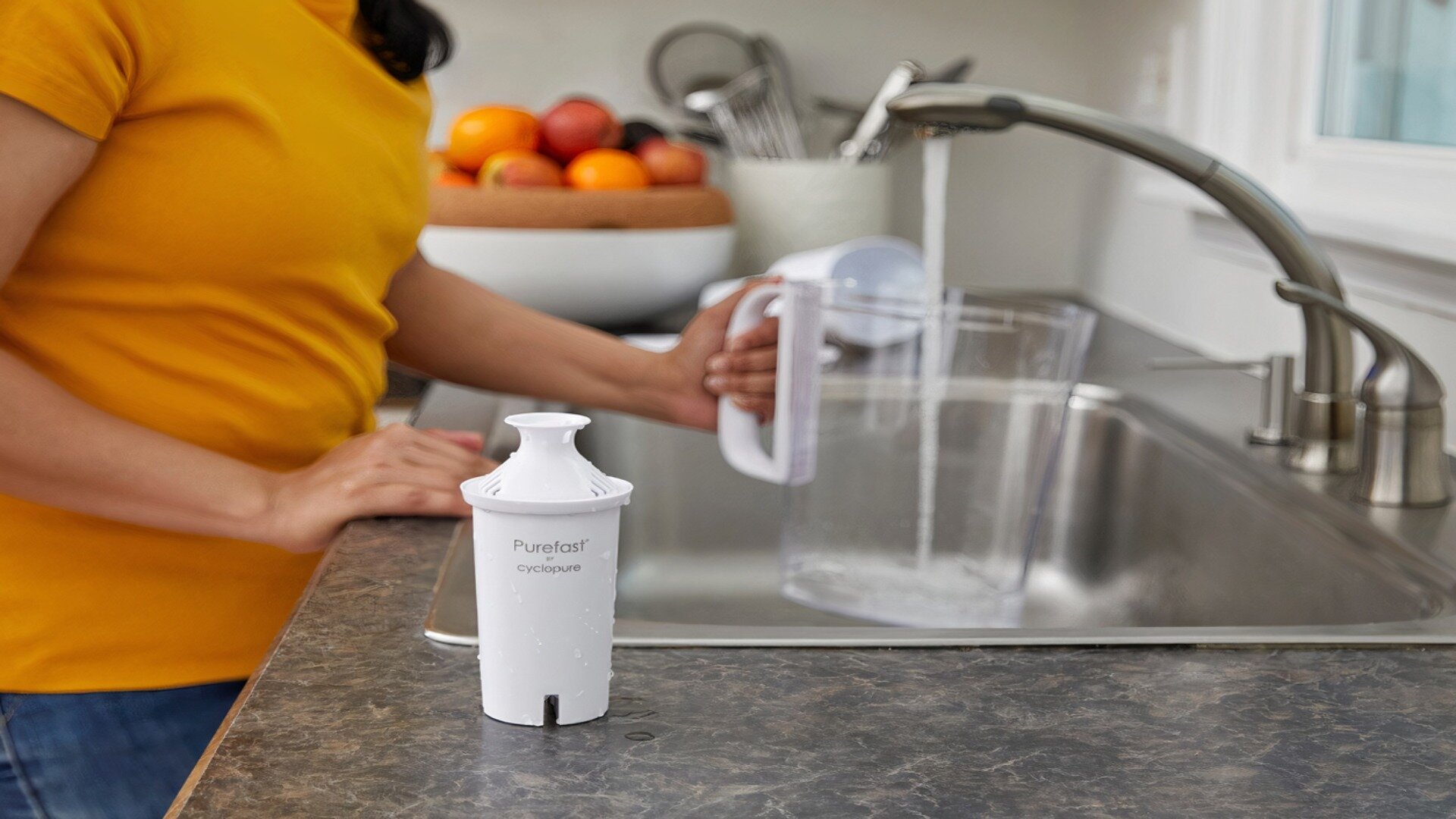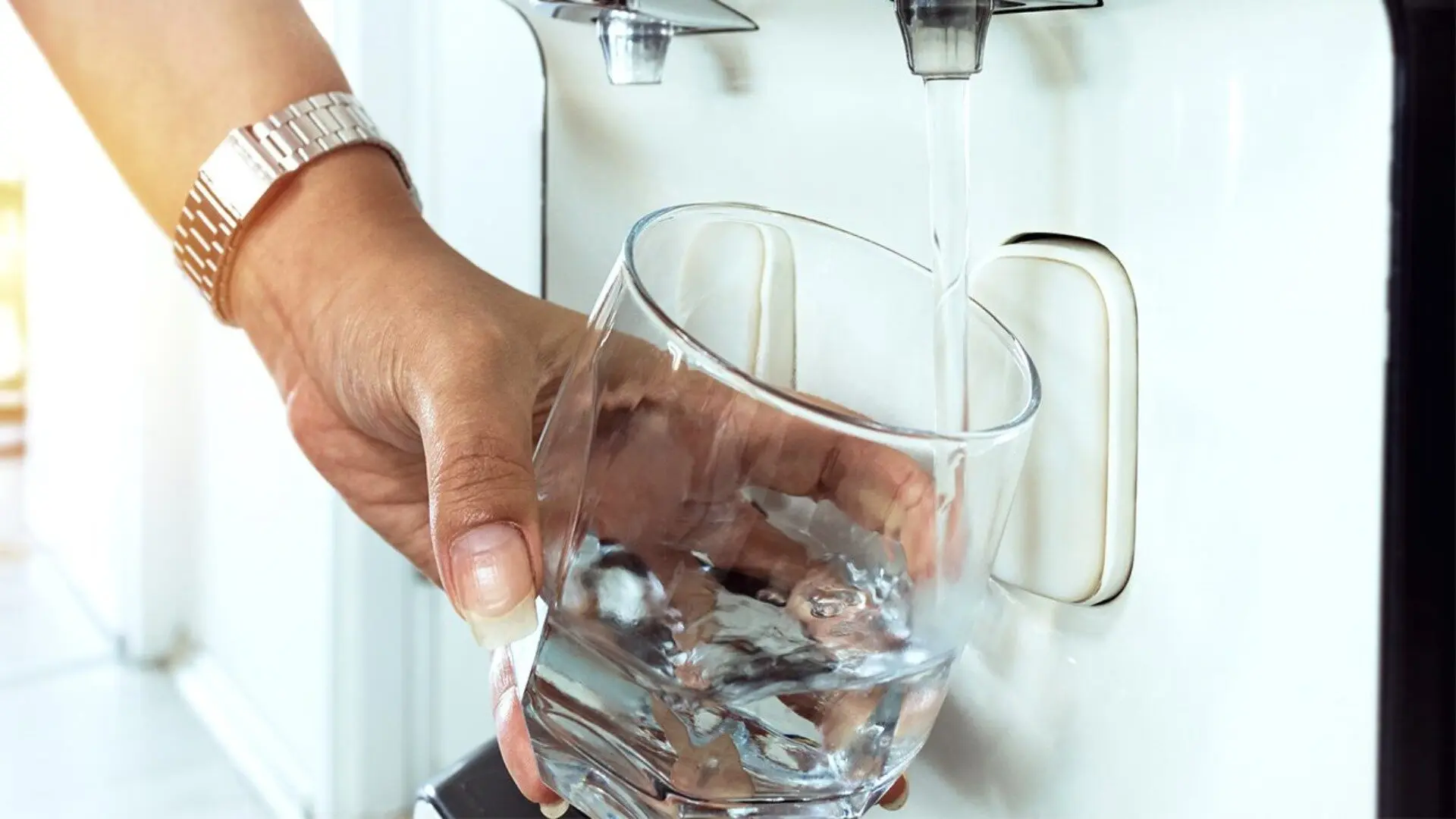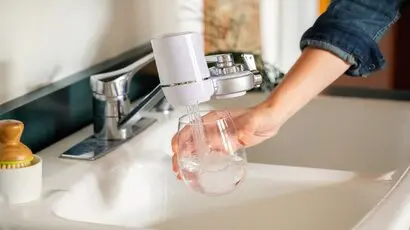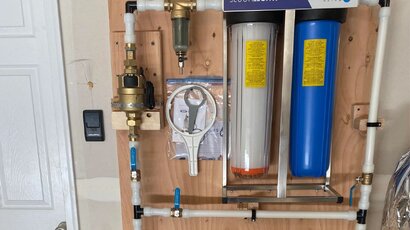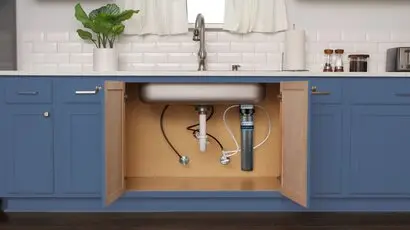![]()
We all rely on clean, safe drinking water every single day. But have you ever stopped to think about where your water comes from and how it gets purified before it flows from your taps?
It’s quite likely that your home’s water supply carries trace amounts of contaminants like chemicals, sediments, heavy metals, and microorganisms absorbed from the environment. Although municipal treatment does remove many impurities, using additional filters at home is often necessary to ensure the absolute best quality of H2O.
This is where water filters play their role. From the basic carbon block filter under your sink to a more advanced reverse osmosis system, these often overlooked appliances work tirelessly behind the scenes to turn tap water into refreshingly clean drinking water.
But how exactly do they do it? In this article, we’ll explore the scientific processes filters use to purify water and leave you with liquid gold pure enough for consumption. By the end, the inner workings of your water filter will be crystal clear.
The Most Common Filter Types
There are various water filtration systems available, but a handful are most commonly used in homes. Let’s dive into three popular filtration methods:
Carbon Block Filters
Carbon block filters are one of the most basic yet practical approaches to residential water purification. As water flows through a tightly packed carbon block core, particles like sediment and chlorine get trapped within the porous carbon.
Some carbon filters also chemically interact with heavier contaminants such as volatile organic compounds. Within the hollow carbon block, a polyphosphate substance coats magnesium and calcium ions present in the water.
This coating prevents the ions from sticking to the surface, keeping hot and cold water purification systems in top condition. It works quickly and is generally the most affordable option.
![]()
Reverse Osmosis Systems
A reverse osmosis system takes water filtration to the next level by reversing the natural osmosis process. When water is forced at high pressure through a semi-permeable membrane, it blocks dissolved salts, chemicals and even large molecules contaminating the supply. Reverse osmosis can filter out even microscopic impurities as small as 0.0001 microns.
UV Light Purifiers
Many households install ultraviolet purifiers to treat water at a microscopic level. These systems expose water to shortwave ultraviolet light, which penetrates microbial cell walls and disrupts the DNA of organisms like bacteria and viruses.
These microbes are harmless, as their DNA is damaged and unable to reproduce. UV light purification is a chemical-free method for disinfecting water.
How Carbon Filters Purify Water
Carbon block filters rely on two critical scientific processes to purify water - mechanical filtration and chemical filtration. As water flows through the tightly packed carbon blocks, solid particles like sediment become trapped in the microscopic pores between carbon grains.
This is the mechanical filtration process. At the same time, chemical filtration occurs as contaminants like chlorine interact and bond with the carbon material on a molecular level. Chlorine is essential to improve drinking water quality and trap chemical impurities as it passes through water filter systems. This is part of the filtration process with an activated carbon filter.
![]()
The large surface area of carbon provides billions of bonding sites where impurities like heavy metals, VOCs, herbicides, and pesticides become adsorbed. As water passes through an under-sink filtration system, the components remove organic compounds, chlorine, bacteria, chemicals, and contaminants. Once attached, these chemicals cannot pass back into the treated water.
Together, these mechanical and chemical filtration actions allow carbon block filters to effectively remove particulate matter, dissolve contaminants from tap water, and produce purified water suitable for drinking.
The Science Behind Reverse Osmosis
Reverse osmosis relies on the principles of osmotic pressure and semi-permeable membranes. As water flows through an RO membrane under pressure, it encounters a semi-permeable film that only allows the smallest molecules to pass through—namely, water molecules.
Larger molecules like salt ions and other contaminants are separated because they cannot pass the membrane walls. This process mimics natural osmosis, where a semi-permeable membrane allows a solvent like water to pass through to equalise its concentration on both sides of a barrier.
![]()
In reverse osmosis filters, the pressure is increased to overcome the natural osmotic process, essentially "reversing" it to prevent everything but pure water from permeating the membrane. This allows reverse osmosis systems to filter out dissolved impurities as small as 0.0001 microns from water, so RO can produce ultra-filtered water that meets the strictest health standards.
Purifying with Ultraviolet Light
Ultraviolet purifiers harness the power of shortwave UV light to disinfect water at a microbial level. When water enriched with bacteria, viruses or other microbes passes through a UV chamber, it is exposed to these germicidal wavelengths of light.
Due to their relatively short length of 254 nanometers, UV rays can penetrate the cell walls of microorganisms. Once inside, the high-energy photons provided by UV light irradiate the DNA or RNA of bacteria, viruses, and protozoa.
![]()
This damages their genetic material and reproduction ability by causing dimerisation, where thymine bases link incorrectly in the DNA strand. Unable to replicate, pathogens are rendered inert and unable to cause infection. This chemical-free process leaves purified water safe for drinking by eliminating microbial pathogens without adding any substances like in other filtration methods.
Choosing the Right Filter for Your Home
Choosing the appropriate water filtration system depends on your home’s unique needs and water quality issues. The first step is assessing your tap water - do tests reveal high levels of lead, cysts, organic pollutants or other contaminants?
This will indicate whether a simple carbon filter or a more rigorous technology like reverse osmosis is needed. To size the filter appropriately, you should also consider how much water you use daily and the number of people in your household.
![]()
Your budget will also play a big role in determining feasible options. It’s wise to look for filters with affordable replacement parts, as regular maintenance is key.
Portability, warranty and certification are also factors. With an understanding of your water concerns and constraints, you can select the right fit from the various capable but differently performed systems on the market.
Frequently Asked Questions
How often should filters be changed?
To ensure optimal performance, most filters should be swapped out every six months. Some, like UV systems, require an annual bulb change. Indications that it’s time for a replacement include reduced water flow or a breakthrough of contaminants.
Can water taste different after filtering?
Sometimes, yes, as filters remove things like chlorine that impact taste. Any change will be for the better as filtered water is cleaner and purer tasting without chemicals.
Are filter systems expensive to run?
Basic filters are affordable, with filter replacements only a few times yearly. More complex systems can involve some electricity to run pumps, but overall maintenance costs are reasonable compared to the risks of drinking untreated water. Many pay for themselves over just a couple of years with the savings on bottled water.
Ensuring Safe Drinking Water
While the purification processes may seem complex, the simple fact is that water filters protect your health by removing contaminants from your drinking water supply. These various treatment methods aim to deliver clean, safe water to your home through mechanical and chemical filtration, semi-permeable membranes, or germicidal UV light. With the right system for your household’s needs, you can feel confident that every sip is purified and pure.
If you’re looking to enhance your home’s water quality but aren’t sure which option suits you best, reach out to the experts. WP Plumbing is prepared to conduct a free water test and offer customised filtration recommendations.
Our team can also install new systems, maintain existing filter equipment, and advise you on saving money in the long run through proper filter replacement. Clean water shouldn’t be taken for granted - let WP Plumbing ensure your family’s health is protected through reliable water treatment. Contact us today to learn more.

